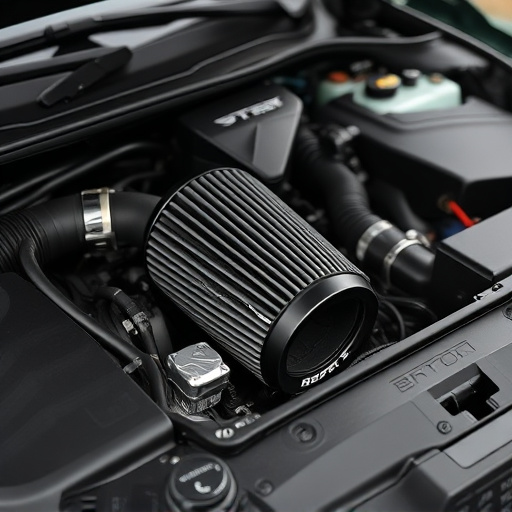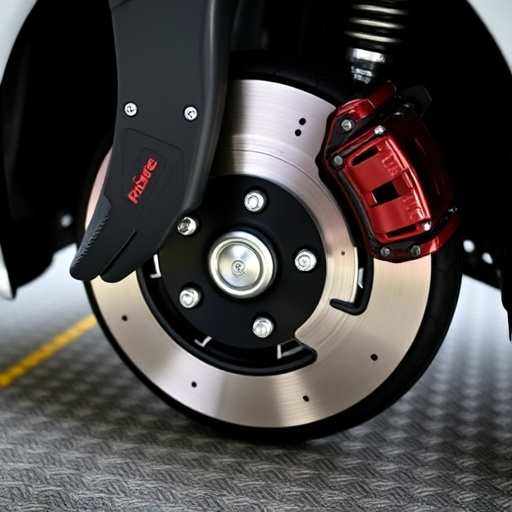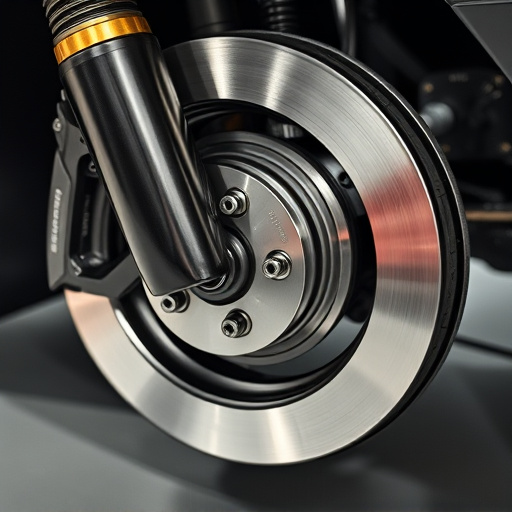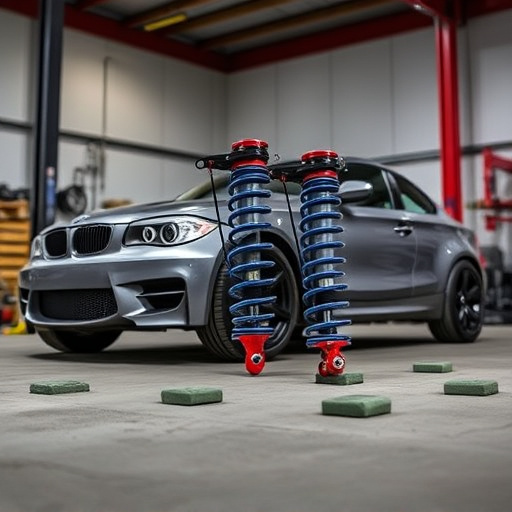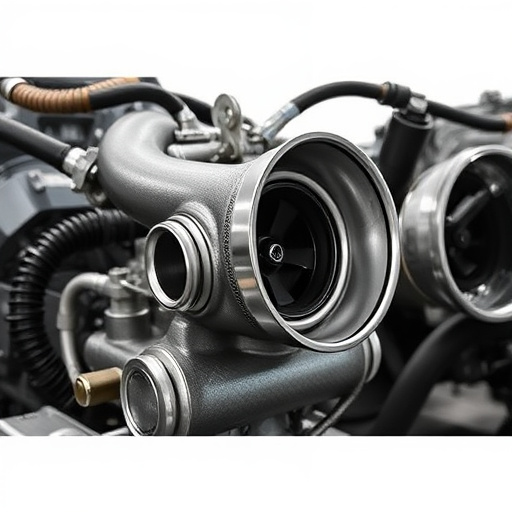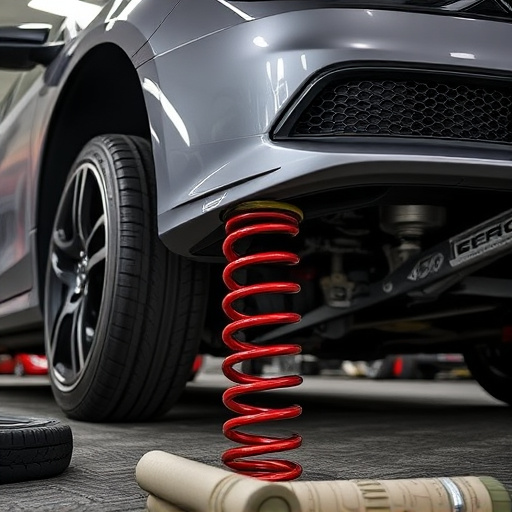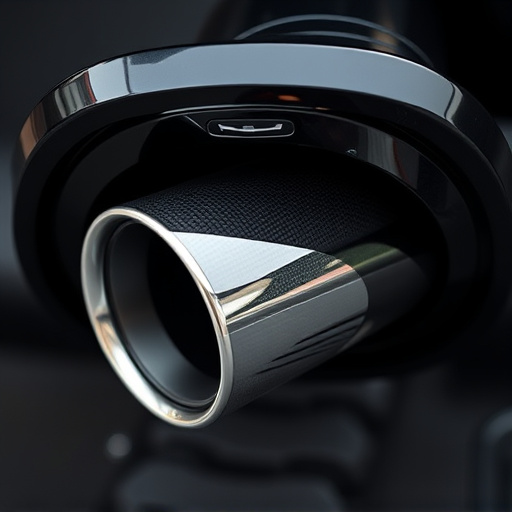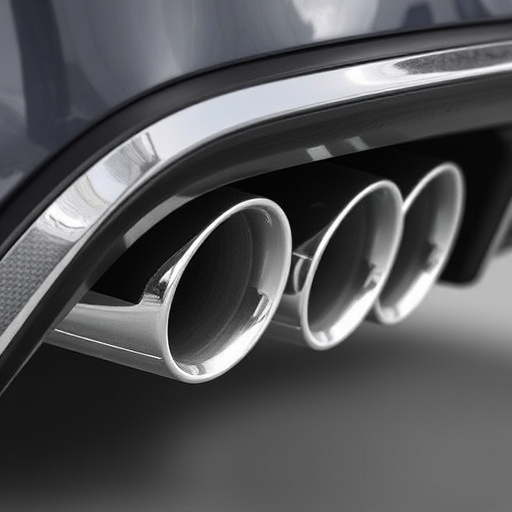Long tube headers enhance engine performance with improved breathing and torque, ideal for high-performance vehicles. Before installation, perform essential engine maintenance and upgrades to ensure optimal gains. Meticulous preparation is required, including workspace setup, clearance checks, brake upgrades, disassembling the old exhaust system, and carefully detaching the headers from the engine.
“Unleash your engine’s full potential with performance long tube headers—a game-changer for any enthusiast seeking peak power. This comprehensive guide delves into the world of long tube headers, highlighting their benefits and fundamental basics. Before installation, learn how to prepare your engine for optimal results. Then, follow our detailed step-by-step process to ensure a seamless fit. Discover the secrets to successful long tube header installation and boost your engine’s performance.”
- Understanding Long Tube Headers: Benefits and Basics
- Preparing Your Engine for Optimal Header Installation
- Step-by-Step Guide: Installing Performance Long Tube Headers
Understanding Long Tube Headers: Benefits and Basics

Long tube headers are a popular choice among car enthusiasts seeking to enhance their vehicle’s performance and aesthetics. These custom exhaust components differ from traditional short-tube headers by featuring longer, more intricate tubing designs, often with multiple bends and turns. The primary benefit lies in their ability to improve engine breathing and airflow, allowing for increased power output and better torque delivery. This enhanced performance is particularly noticeable in high-performance vehicles or those equipped with suspension kits designed for sportier driving dynamics.
The basics of long tube headers involve their construction using high-quality materials like stainless steel, which ensures durability and corrosion resistance. The length and complexity of the tubes enable a longer combustion gas flow path, reducing backpressure within the exhaust system. This design also contributes to a more robust sound, often preferred by enthusiasts who appreciate the distinctive rumble of a well-crafted performance exhaust system. By carefully routing the headers away from heat-sensitive components, they can complement other modifications, such as high-flow air filters or forced induction systems, to unlock the full potential of an engine within a vehicle’s overall setup.
Preparing Your Engine for Optimal Header Installation

Before installing long tube headers, it’s crucial to prepare your engine for optimal results. This involves a few key steps. First, ensure that your vehicle’s cooling system is in top condition; long tube headers can increase heat retention, so proper cooling is essential to prevent damage. Regularly checking and replacing brake pads and ensuring your suspension kits are well-maintained will also contribute to the overall health of your engine and its components during this process.
Additionally, consider upgrading your engine oil and air filters to high-performance variants. These upgrades support better lubrication and airflow, which are vital for peak performance with long tube headers installed. Remember, these headers are designed to enhance vehicle performance, so giving your engine the necessary care will ensure a smooth transition and optimal outcomes.
Step-by-Step Guide: Installing Performance Long Tube Headers

Installing performance long tube headers can significantly enhance your engine’s performance, but it requires careful attention to detail. Here’s a step-by-step guide to ensure a smooth and successful installation process:
1. Preparation: Begin by ensuring your vehicle is properly supported on jack stands, providing a safe and stable workspace. Gather all necessary tools, including wrenches, sockets, ratchets, and any specific hardware included with the headers. Inspect your engine bay for clearance issues; long tube headers may require modifications to accommodate their length and design. Replace or upgrade your brake rotors if needed, as better cooling capabilities can lead to more effective braking.
2. Removal of Existing Exhaust System: Disassemble the old exhaust system, starting from the rear and working forward. This process involves removing various components like mufflers, catalytic converters (if applicable), and exhaust pipes. Once these are removed, access the headers securely attached to the engine block. Carefully loosen and detach the old headers from the engine using appropriate tools. Pay close attention to any gaskets or seals that require replacement.
Long tube headers are a powerful way to enhance your engine’s performance, offering improved airflow and efficient gas flow. By carefully preparing your engine and following a structured installation process, you can unlock the full potential of these components. Remember, proper installation is key to ensuring optimal performance gains and reliability, so take the time to understand each step before diving in. With the right approach, long tube headers can transform your engine into a true force to be reckoned with on the road or track.
